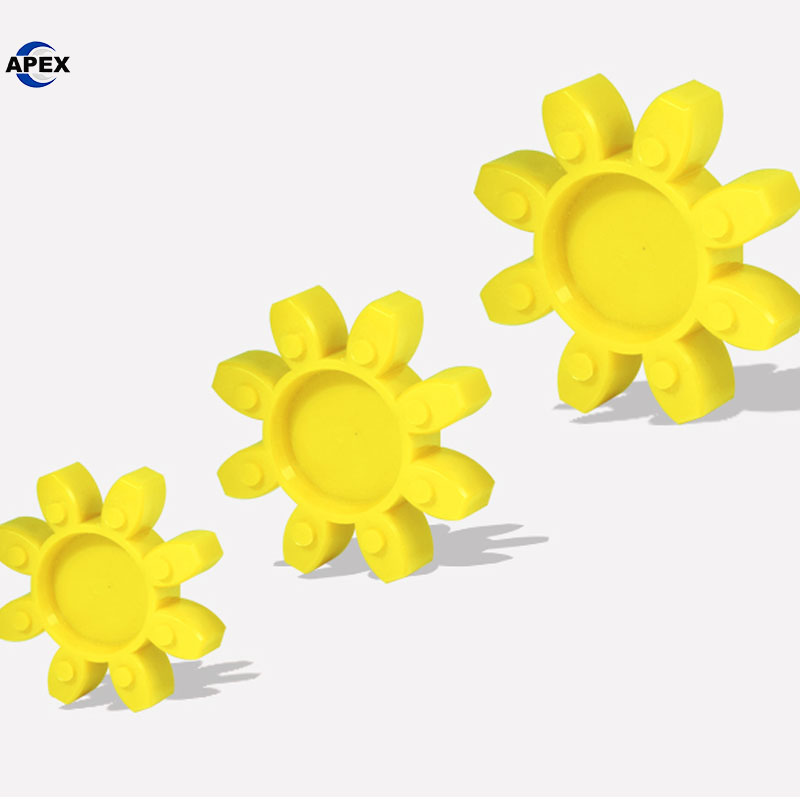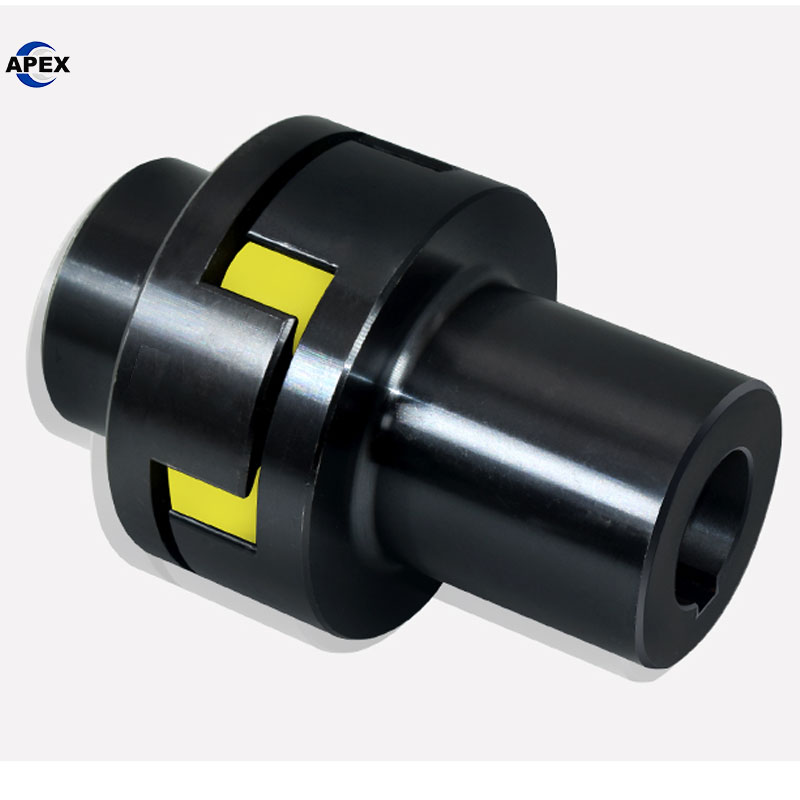- oem coupling
Elastic Coupling Installation Process and Selection Tips for Optimal Performance
Elastic Coupling Installation Process and Selection Tips for Optimal Performance
Elastic couplings are integral components in mechanical systems, designed to transmit torque while compensating for misalignments. These couplings are made from materials like aluminum alloy, stainless steel, and engineering plastics, offering flexibility and durability for various industrial applications. In this guide, we’ll explore the installation process and key selection tips for choosing the right elastic coupling for your needs.
Installation Process of Elastic Couplings
Proper installation of an elastic coupling is essential for optimal performance. Follow these steps to ensure your coupling is correctly installed:
Prepare the Foundation
When your machine arrives on-site with the motor already installed, ensure the base is level. No need to remove the pump and motor during this stage. Place the base on the foundation, wedge under it to lift 20-40mm, and prepare for leveling and cement filling.Level the Base
Use a level to check the base’s flatness. Tighten the foundation screws after leveling and fill the base with cement. Allow the cement to dry before checking the level again.Separate Components Installation
For larger systems, components like the pump, motor, and base may arrive separately. Here’s how to install and calibrate the pump and motor:a. Clean the foundation surface and place the pump and motor on the base.
b. Adjust the pump shaft horizontally, tightening nuts to avoid movement.
c. Raise the motor and align the pump coupling with the motor coupling, securing the motor in place.
d. Adjust the gap between the couplings to about 5mm and align the motor and pump shafts. Use a straight edge to ensure the couplings are in line.Precision Measurement
To verify accuracy, use feeler gauges to measure the gap at different positions around the couplings. Ensure the gap difference does not exceed 0.3mm and that the vertical or horizontal deviation is within 0.1mm.Foundation Installation
If there is no base, install the system directly onto the foundation following similar steps. Ensure precise alignment during installation.
Key Tips for Selecting the Right Elastic Coupling
Choosing the correct elastic coupling is crucial for performance. Here are the key tips to consider:
Understand Your System’s Requirements
Choose the right coupling based on the motor type, application, and operating environment. Pay attention to the torque rating to ensure it exceeds the system’s load torque. The rated torque already accounts for fluctuations in load during operation, so no adjustments are needed.Select the Right Size and Specification
The load torque should be lower than the coupling’s rated torque. Verify that the coupling’s bore diameter and maximum speed align with your design requirements. If the bore diameter or speed exceeds the rated values, adjust the coupling size or specification accordingly.Consider Continuous Operation
Ensure that the coupling can handle continuous operation. Double-check the design parameters such as bore sizes, speeds, and torque requirements to ensure they align with your needs.
By following these tips and installation steps, you can ensure your elastic coupling performs optimally and efficiently throughout its service life.
If you have any further questions about elastic couplings or need assistance selecting the right product for your needs, feel free to contact us at the customer service hotline provided at the top of the page.
Elastic Coupling, Installation Process, Selection Tips, Jaw Coupling, Flexible Coupling, Industrial Equipment, Coupling Torque
HRC Rubber Elastic Coupling, Flexible Couplings, Industrial Equipment Coupling, Coupling Installation, Flexible Jaw Coupling, Coupling Selection Guide



